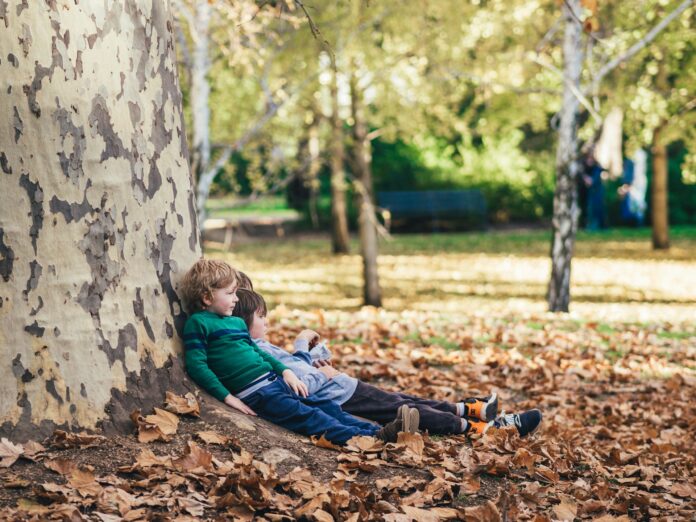We lower ourselves, barefoot,
to the culvert’s muck. We dance
like water on the concrete skillet, believe
our skin impervious to sun damage.
We lure crawdads from the crannies
with hotdog dangling from string,
ignoring their scuffle in our buckets.
We pretend not to notice
the dripping drainage pipes; we imagine
the culvert into an idyllic creek.
Suburbia – our counterfeit
pastoral built inside our parent’s nostalgia –
holds us like ships within bottles.
No one questions
how gently to pluck the fragile-
as-fingernail crawdad shells.
Overseas and overhead, nations station
their latest threat. Our parents tell us little
of how crushing some lives
can be to live.
We abandon our buckets to buy Bomb Pops,
wander back to the culvert
with the sugar drizzling our wrists. We prepare
our ceremonies,
lay our dried crawdads on burial beds
of concrete crusted with slime.
Click here to read Michelle Boland on the origin of the poem.
Michelle Boland:
“Where the Children Play” went through a thematic evolution over a few years until it finally landed. After a conversation my son and I had one day about the many ways there are to be a human, I revisited this poem about the “counterfeit pastoral” of suburbia and growing up in the pre-digital age. There’s a push-pull weaving throughout this poem between a couple themes. On one level, the tension explores suburbia’s manufactured idyllic environment versus the realities of what’s under the surface or brushed under the rug about the world at large. Then there’s tension in the idea that children roleplay what’s been modeled to them as they’re shaping their own value structure. Coming from a family with a dramatically different worldview to my own, I’ve thought a lot about how each generation either perpetuates or breaks free from the ideologies in which they were raised. In the case of “Where the Children Play,” the poem seemed to want to circle around ideas of domination, strength and might, war casualties and the naïve callousness of those who fail to see beyond their own lived experience.
Image by Marcus Wallis on Unsplash, licensed under CC 2.0.
Michelle Boland’s poems have been awarded runner-up for Blue Earth Review’s Dog Daze Poetry Contest and appeared in Bellevue Literary Review, Cold Mountain Review, Lily Poetry Review, Calyx Journal, and The Chaffey Review, among others. She lives in the Santa Monica Mountains near Los Angeles and is completing her first full-length poetry collection.
Latest posts by Michelle Boland
(see all)


